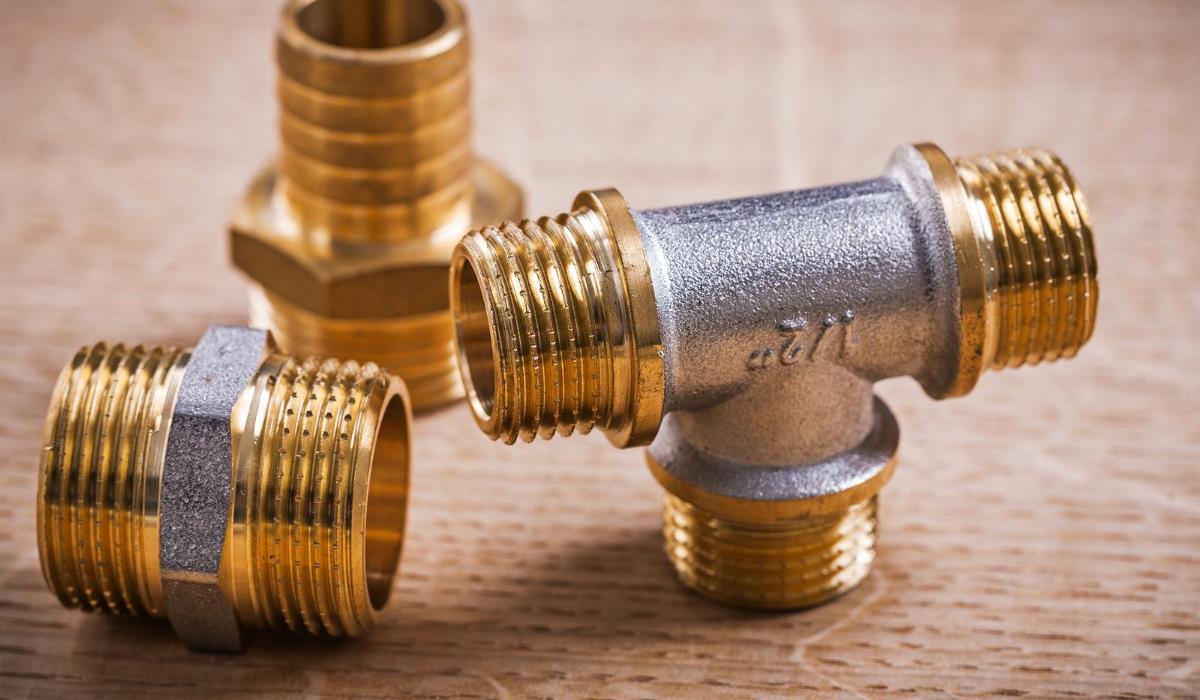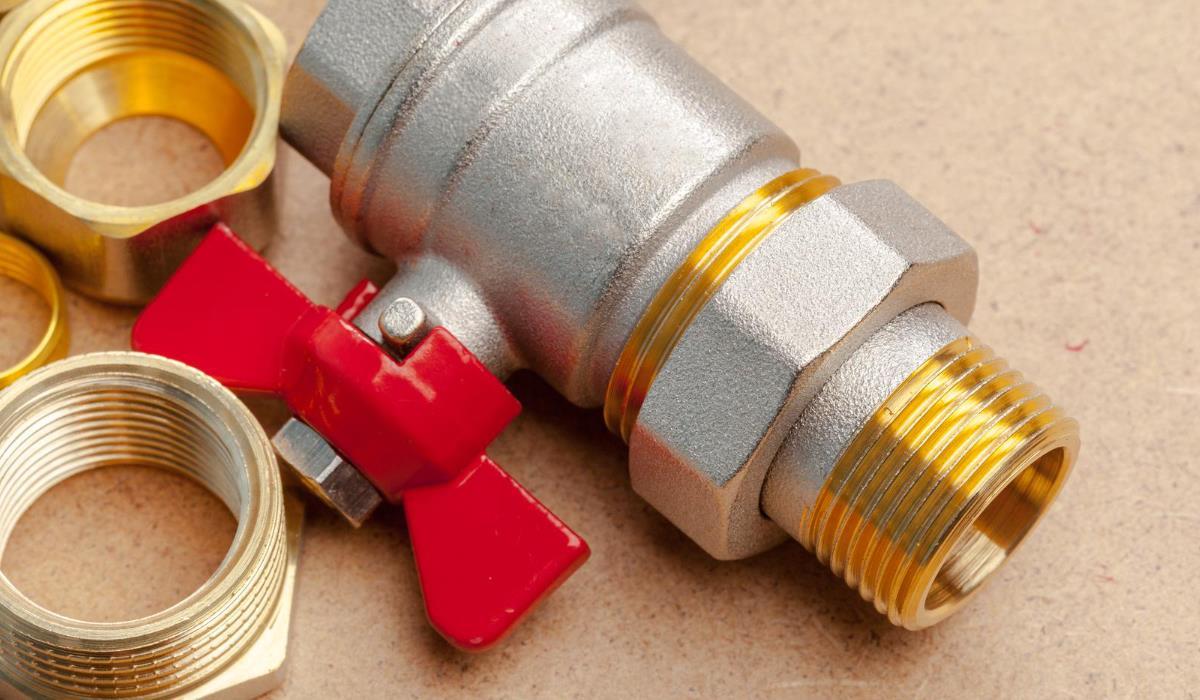In central heating systems (C.O.), the mixing valve is a key element that ensures effective and precise control of the temperature of hot heating water. These devices enable mixing water at different temperatures, which translates into maintaining the optimal temperature in the entire heating system. In the article below, we will take a closer look at the role and functioning of mixing valves in a central heating installation, discuss their different types and advise how to properly select and use mixing valves depending on the characteristics of a given system and the needs of users.
How does a mixing valve work?
Mixing valves are devices used in heating and cooling systems. They allow you to control the temperature of a heat carrier, such as water, by mixing streams of hot and cold water. Their main task is to maintain a constant and desired temperature of the medium, which is then delivered to radiators, underfloor heating and other elements of the installation. The principle of operation of mixing valves is quite simple. They consist of two main water pipes – one with hot water and the other with cold water. These two lines connect at one point, and behind this point there is a special valve. This valve allows for controlled mixing of hot and cold water in specific proportions.
Mixing valves operate on the principle of using the difference in water temperature in hot and cold pipes. When the water temperature in the cold pipe is lower than required to achieve the desired outlet temperature, the valve opens, allowing more hot water to flow. If the water in the hot pipe is too hot, the valve reduces the flow, allowing a greater flow of cold water. Thanks to this, adjusting the mixing valve allows for precise control of the temperature of the heat carrier, ensuring a comfortable temperature in the rooms.
When to use a mixing valve?

Mixing valves are used mainly in heating systems where there is a need to precisely control the temperature of the heat carrier. In underfloor heating systems, mixing valves allow you to control the temperature of the heating water that is distributed to the floor pipes. This allows you to maintain a constant floor temperature, which translates into thermal comfort and even heat distribution in the rooms.
In central heating systems, mixing valves are used in heating water circuits that regulate the temperature of water reaching other elements of the installation. This allows for optimal use of heat and adjustment of the temperature as needed. Mixing valves are used in central heating (C.O.) installations. Especially when we are dealing with different heat sources, such as a boiler or a pump, which can supply water at different temperatures.
Choosing the right mixing valve
Selecting the appropriate mixing valve for the central heating (C.H.) system is crucial to ensuring effective operation of the installation. There are several factors to consider when choosing a mixing valve:
- Mixing valve type: There are various types of mixing valves available in the market, including three-way, four-way and thermostatic. The choice depends on the specific installation and its needs. In the case of installations with radiators or underfloor heating, three-way mixing valves allow for precise control of the temperature of the supplied heating water.
- Flow and Valve Size: The mixing valve must have adequate flow to meet the heat demand of the entire building. Choosing the right valve size is important to ensure effective heating of all rooms.
- Temperature control: Selecting a mixing valve that allows precise regulation of the heating water temperature allows you to adjust the operation of the installation to changing weather conditions and the individual needs of users.

- Automation and control: Modern mixing valves are often equipped with advanced automation and control functions, which facilitate operation and ensure optimal operation of the heating system.
Is a mixing valve really necessary?
Is a mixing valve needed in your central heating system? The answer depends on the specific installation and its characteristics. If you are dealing with an installation that requires precise control of the temperature of the heat carrier, a mixing valve may be necessary. Thanks to it, you will ensure thermal comfort, energy savings and effective operation of the system. It is worth consulting a specialist or thermal engineer who will carefully assess the needs of your installation and help you select appropriate mixing valves.



